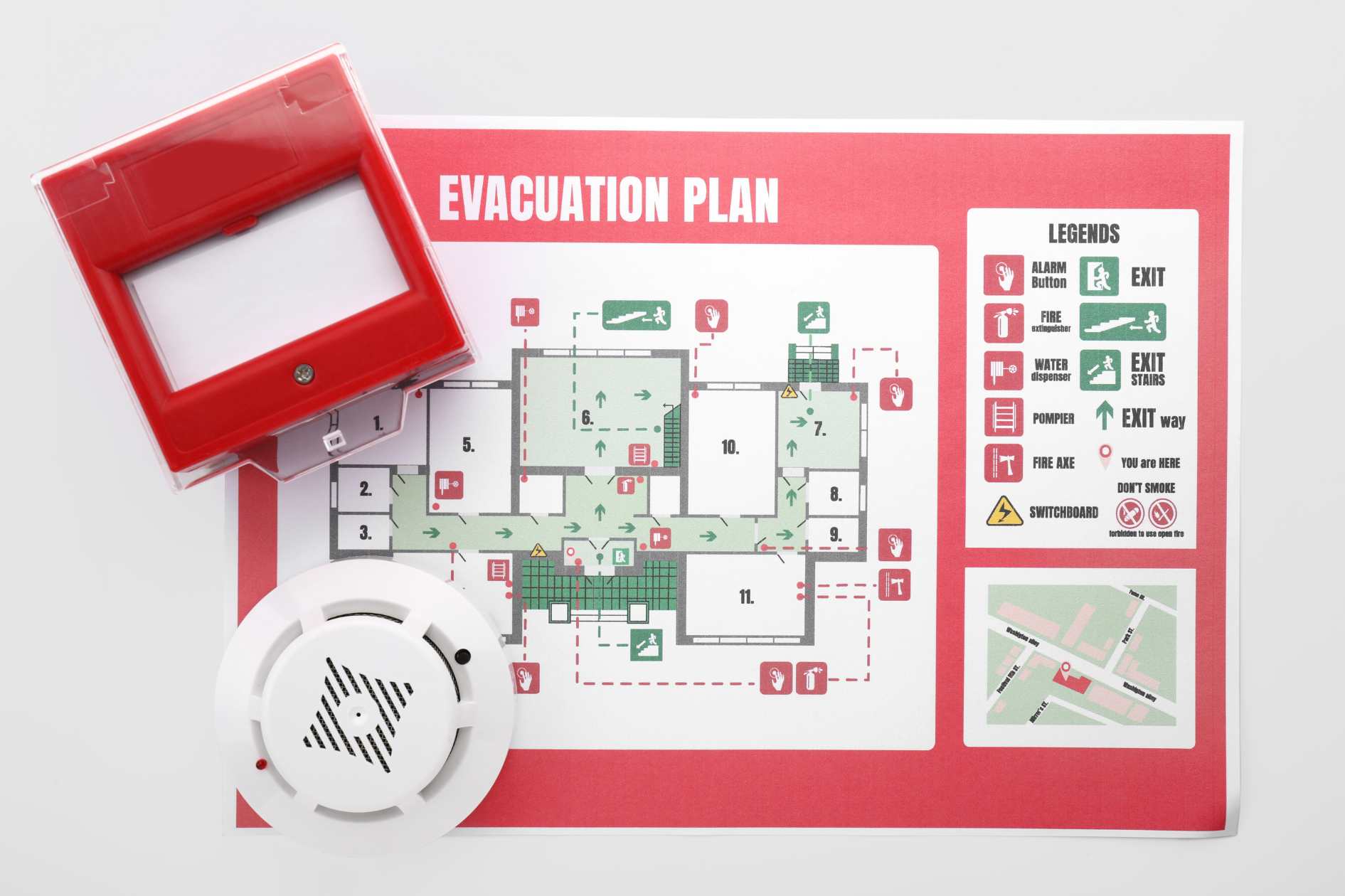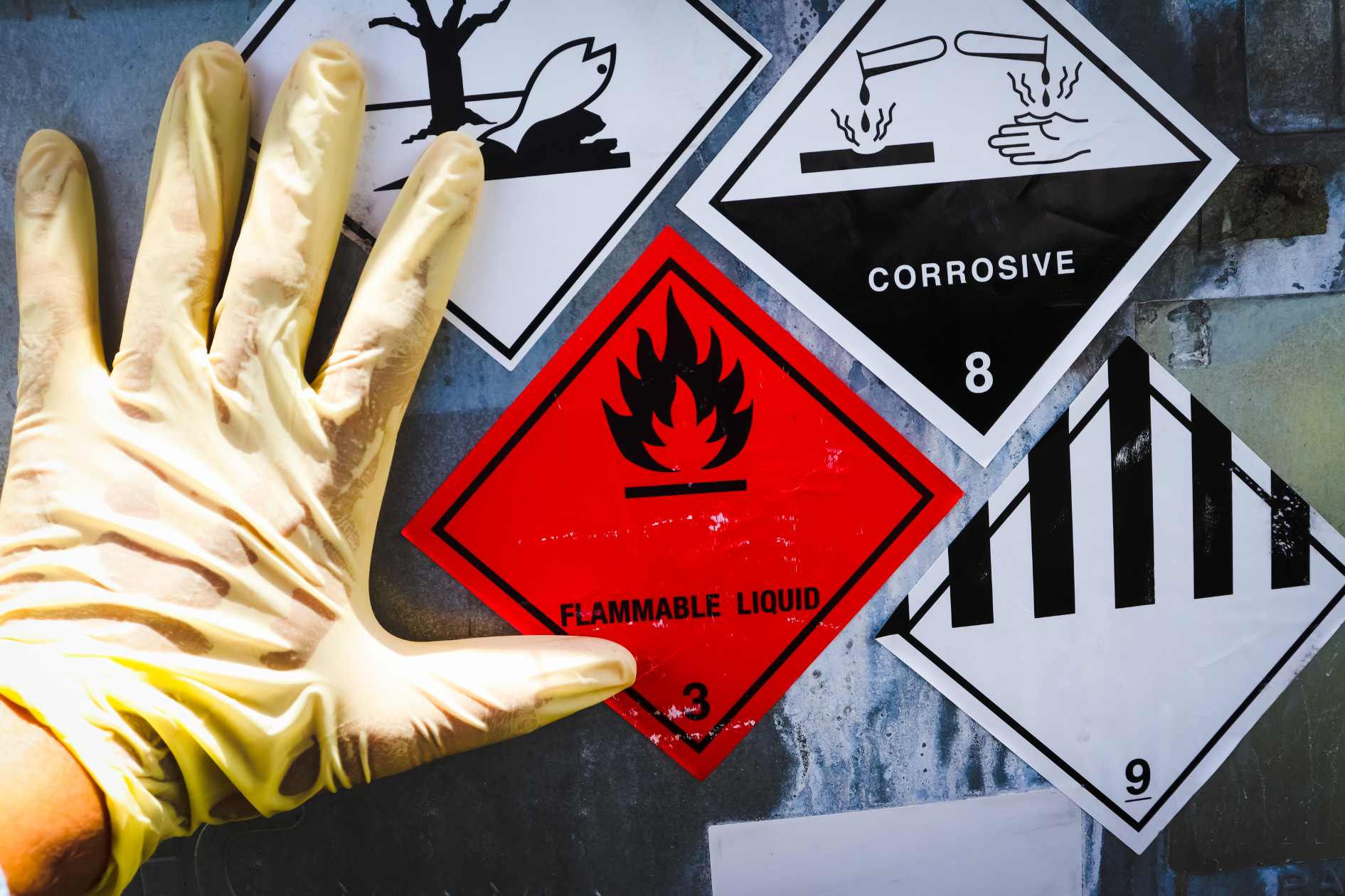CIOs, project managers, and their most important team members are likely to be among the first group of workers returning to their workplace in the midst of safely reopening offices. According to the ongoing COVID-19 Sentiment Survey by Dice, approximately 16% of technologists are back working full-time in the office, while another 15% have returned on a part-time basis. 23% have reported feeling ” extremely safe” at the prospect of going back to their old desk.
While some technologists are keen to return, team members and executives need to create an effective return-to-work plan that creates trust between workers and their business.
Here are a few ways to consider safeguarding the well being of the staff as they prepare to go back to the workplace in the coming quarters.
1. Establish open communication lines
It is important to maintain regular, transparent two-way communication, particularly in times of extreme stress and change. Communicate goals by video, text, or even workplace safety training courses until your team returns. Make it convenient for them to ask questions and raise issues using a range of forms of communication, including city halls or online chats. Continue to provide information on benefits, such as free COVID-19 (and antibodies) monitoring, EAP, sick leave, online safety training, or wellness services.
Many of the discussions you’ll have with members of your team about their health or family circumstances might at first feel a little uncomfortable. You can find out stuff about your teammates that you never knew before. But engaging in frequent one-one dialogs with team members during the reopening and over time will improve the comfort levels.
2. Implement door-to-door social distancing
The latest guidelines from the Centers for Disease Control and OSHA advise that team members stay at least six feet apart throughout the day to minimize potential COVID-19 spread. Companies are rearranging furniture, investing in online safety training, installing plexiglass partitions among cubicles, and limiting capacity in conferences, break and server rooms to keep workers separated. They also place markers on floors and walls to reduce congestion and remind workers to frequently wash their hands (and avoid handshaking or hugging).
Consider offering lunches for grab-and-go and continuing the online practice of holding daily scrums or standups. Require face coverings in small spaces such as elevators, hallways, or common areas and designate as upward or downward staircases.
Help the team members feel comfortable about reopening the office by giving them a “welcome back” kit that includes face masks, hand sanitizer, an updated layout map, and a copy of the ground rules.

3. Use data to prioritize returns
Most companies use a phase-in strategy to safely reopening offices to reduce possible COVID-19 exposure. Just a small fraction of workers will return at first at big corporations such as Google and Apple, with others not expected to return to the workplace until the very end of 2020 or the start of 2021.
Analyzing everything from employee health details, project schedules, whether they have completed the required workplace safety training courses and value to the organizational strategy, will help managers balance the safety and production efficiency while determining which team members return first.
4. Implement daily health check-ups
Daily screening for symptoms, elevated temperatures, or close contact with someone who has tested positive for the virus may help prevent COVID-19 from entering the workplace in the middle of reopening. Supervisors also need to make arrangements, such as telework, for at-risk employees with underlying conditions.
Regardless of the screening process, managers need to obey privacy rules and recommend telling the team when someone is testing positive for the virus (without disclosing their name).
Employers should be careful not to place pressure on staff to come to work if they feel sick. Managers are responsible for monitoring peer pressure and fostering equality among the remote and in-house staff.
5. Make sure your staff is upskilled regarding health and safety
One of the most important ways you can make sure your staff is ready to safely reopening offices is by allowing your staff to receive the proper online safety training. By enrolling your staff in a few workplace safety training courses regarding COVID-19, you’ll give them the tools and knowledge they need to protect their physical as well as mental well-being.
When you’re ready to bring your workforce back to the office, many employees will be understandably anxious about safely reopening office and with as little risk of contracting COVID-19 as possible.
Preparing each physical location for your staff’s return, as well as guaranteeing that those spaces remain safe in the weeks and months to come, is crucial to safeguarding the well-being of your workforce and your organization.
Last note:
Coggno has a wide range of COVID-19 related online corporate training courses.
You can have a look at our free courses here and our course catalog here.








